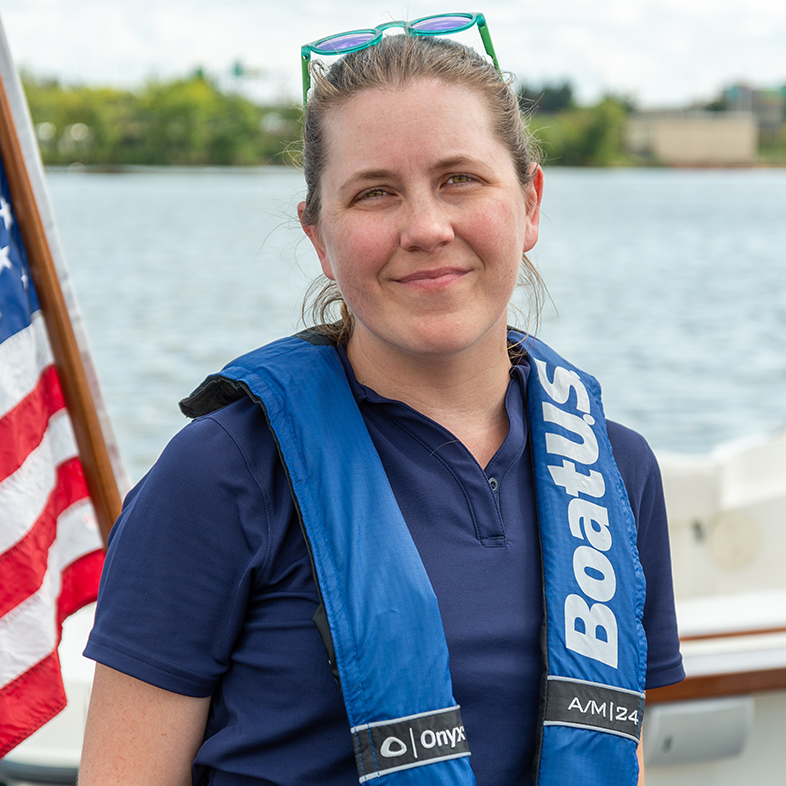As a life-long boater, my vacations usually include some form of sailing or boating no matter where the destination may be - whether it is sailing a charter-boat from St. Martin to Nevis or exploring the sandy anchorages and remote coves of the Chesapeake Bay on my family’s powerboat.
And so it was one summer on a family trip to Bigfork, Montana near the Flathead Lake. As it turns out, the Flathead Lake is the largest freshwater lake west of the Continental Divide - 30 miles long and 16 miles wide - and one of the cleanest in the world for its size. One of the two primary tributaries of the Flathead Lake is the Swan River, and it is on the banks of this river that my uncle has built a beautiful, lodge-style home with sweeping views of the river and the Mission Mountains in the distance. In early July, while we were visiting, the Swan River had swelled several feet above its normal banks because of a late-season snowfall just before our arrival. As the snow melted in the warm summer sun, the river was running fast and cold from the run-off. In that one week I watched the snow caps on the mountains melt away to almost nothing.
With his 26-ft Cobalt in a marina on the Flathead just minutes from the house and the river running through the backyard, the boating opportunities were plentiful. We cruised nearly the entire length of the lake, anchored at Wild Horse Island for some fun hiking and beautiful views, and almost braved the freezing water for some skiing – but it was really cold! At that higher latitude, sunset lingered long past 10 in the evening, so we had ample time to enjoy the beauty of this pristine area.
One day, looking to broaden our boating experiences, we decided to try rafting on the Swan River. The neighbors kindly loaned us their small boats for the trip. They looked like mini-inflatable-catamarans. I&pos;ve never seen boats like these before. A single seat is supported high above two inflatable pontoons so it&pos;s easy to stay dry in that freezing cold water. Unfortunately, there were no life jackets, anywhere on board and my uncle bristled at the idea that we might need them, despite the risks of the near-freezing, fast-moving water.
Working in boating safety for over 15 years, I have learned a lot. But one statistic stands out year after year - 86% of all drowning victims were not wearing a life jacket. Add to that the risk of hypothermia and the fast-moving water and how could you possibly think a life jacket unnecessary? My uncle finally relented and I ran over to the marina to grab some ski vests from his powerboat. As an advocate for boating safety, I was not about to get on a boat with no basic safety gear whatsoever. I ended up being the only one to wear a life jacket despite my stern warning, but we got lucky and it turned out to be a beautiful ride and no one went overboard. We were all grateful for the peace of mind and I was definitely thankful for the extra insulation.
I did make one mistake though, I forgot the cardinal rule of cold-water boating, which is “dress for the water temperature, not the air temperature”. It was 90+ degrees on land but the water was around 40. My t-shirt and shorts were not nearly sufficient for the much cooler temperature I felt just inches above the water’s surface. Next time, I’ll pack my wetsuit.

